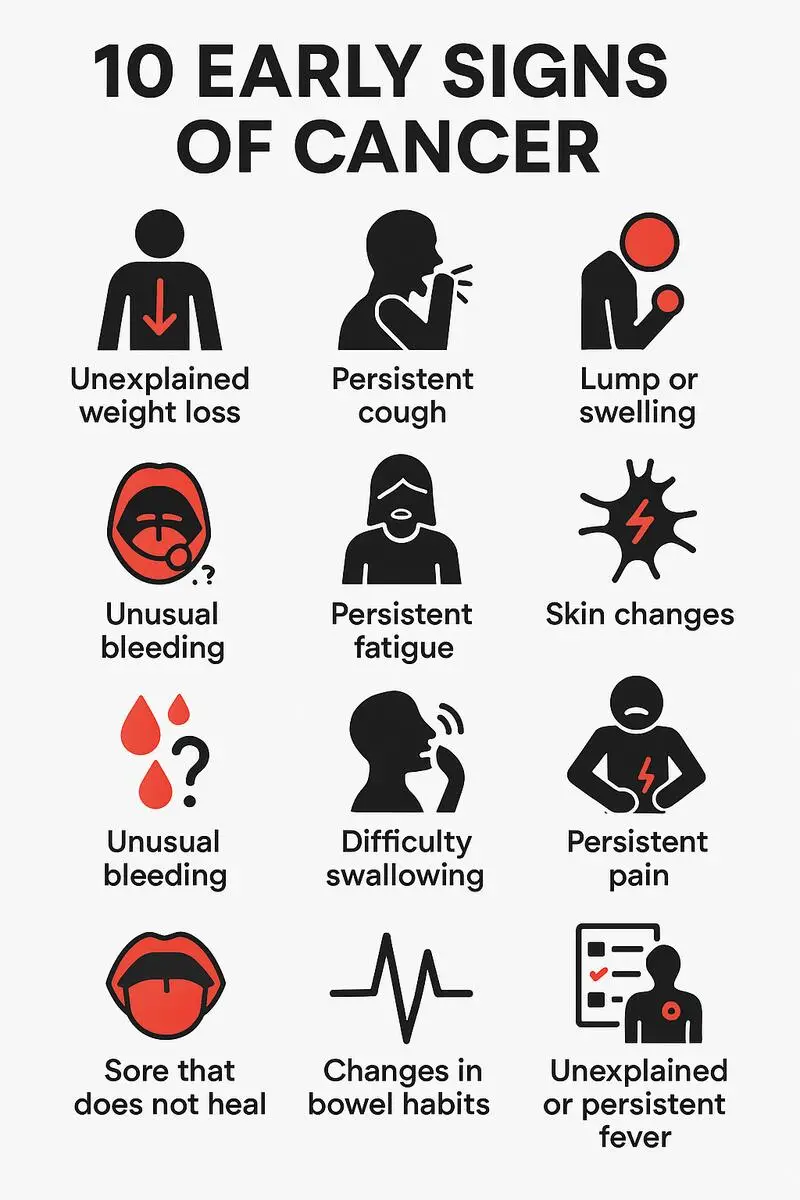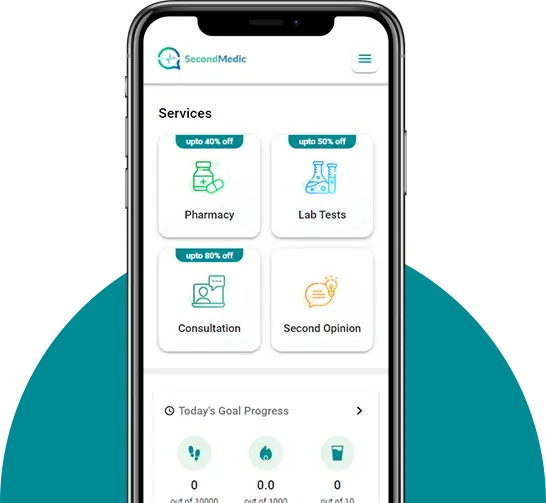- Published on: Sep 06, 2024
- 3 minute read
- By: SecondMedic Expert
Curbing Dengue: How To Protect Yourself And Your Community
Dengue fever is a growing public health concern, particularly in tropical and subtropical regions where the Aedes mosquito thrives. With millions of cases reported annually, it’s essential to understand how to curb dengue and protect yourself and your community from this potentially life-threatening disease. This blog will cover effective strategies to reduce the spread of dengue, symptoms to watch for, and tips on preventing mosquito bites.
Understanding Dengue Fever
Dengue fever is caused by the dengue virus, which is transmitted to humans through the bite of an infected Aedes mosquito, primarily Aedes aegypti. This mosquito is known for its black and white stripes and tends to bite during the day, with peak biting periods early in the morning and before dusk.
Once a person is infected, symptoms usually appear within 4 to 10 days. These symptoms include high fever, severe headache, pain behind the eyes, joint and muscle pain, rash, and mild bleeding (such as nose or gum bleeds). In severe cases, dengue can develop into dengue hemorrhagic fever (DHF) or dengue shock syndrome (DSS), which can be fatal if not treated promptly.
How Dengue Spreads
Understanding how dengue spreads is crucial to curbing its transmission. The dengue virus cannot spread directly from person to person. Instead, an infected person must first be bitten by a mosquito, which then carries the virus to another person through subsequent bites. This is why controlling the mosquito population is vital in preventing outbreaks.
The Aedes mosquito breeds in stagnant water, such as in flower pots, buckets, discarded tires, and other containers. Urban environments with poor waste management and sanitation provide ideal breeding grounds for these mosquitoes, contributing to the rapid spread of dengue.
Strategies to Curb Dengue
Curbing dengue requires a multi-faceted approach that involves individual actions, community efforts, and government interventions. Here are some key strategies to reduce the spread of dengue:
1. Eliminate Mosquito Breeding Sites
The most effective way to curb dengue is to eliminate mosquito breeding sites. Since Aedes mosquitoes lay their eggs in stagnant water, it’s crucial to regularly inspect and clean areas where water can accumulate. Here’s how you can do your part:
- Empty and Clean Water Containers: Regularly empty and scrub water containers such as buckets, flower pots, and pet dishes to remove any mosquito eggs.
- Dispose of Waste Properly: Dispose of old tires, bottles, and cans that can collect rainwater. Proper waste management reduces potential breeding grounds.
- Cover Water Storage: If you store water in tanks or containers, make sure they are tightly covered to prevent mosquitoes from laying eggs.
- Clear Drains and Gutters: Ensure that drains and gutters are not clogged and that water flows freely to avoid pooling.
2. Use Mosquito Repellents and Protective Clothing
Since it’s not always possible to eliminate all mosquito breeding sites, personal protection is essential. Using mosquito repellents and wearing protective clothing can significantly reduce your chances of getting bitten.
- Apply Mosquito Repellent: Use repellents containing DEET, picaridin, or oil of lemon eucalyptus on exposed skin. Reapply as directed, especially during peak mosquito activity times.
- Wear Protective Clothing: When outdoors, especially during the early morning and late afternoon, wear long sleeves, long pants, and socks to minimize skin exposure.
- Sleep Under Mosquito Nets: If you live in or are visiting a dengue-prone area, sleep under a mosquito net, even during the day, to prevent bites.
3. Community Involvement and Education
Community involvement is crucial in the fight against dengue. Educating your community about the risks of dengue and how to prevent it can lead to collective action that significantly reduces the mosquito population.
- Organize Clean-Up Campaigns: Participate in or organize community clean-up efforts to eliminate mosquito breeding sites. Regularly scheduled clean-ups can make a big difference.
- Educate and Raise Awareness: Use community centers, schools, and social media to spread awareness about dengue prevention. The more people know, the more likely they are to take preventive measures.
- Support Local Health Initiatives: Collaborate with local health authorities and support government initiatives aimed at controlling mosquito populations and preventing dengue.
4. Government and Public Health Interventions
Governments and public health organizations play a critical role in curbing dengue by implementing large-scale interventions. These include:
- Mosquito Control Programs: Governments often conduct fogging operations, which involve spraying insecticides in dengue-prone areas to kill adult mosquitoes. While effective in reducing mosquito populations, these efforts must be combined with community action for lasting results.
- Public Health Campaigns: Public health campaigns aimed at raising awareness and educating the public about dengue prevention are essential. Governments can use media outlets, such as television, radio, and social media, to reach a broad audience.
- Disease Surveillance: Monitoring and reporting dengue cases help health authorities track the spread of the disease and respond promptly to outbreaks. Timely intervention can prevent the situation from escalating.
Recognizing Dengue Symptoms and Seeking Treatment
Despite your best efforts to prevent dengue, it’s essential to know the symptoms and seek medical attention if you suspect you’ve been infected. Early diagnosis and proper medical care can prevent complications and save lives.
If you experience symptoms such as high fever, severe headache, pain behind the eyes, joint and muscle pain, nausea, vomiting, and rash, seek medical attention immediately. There is no specific treatment for dengue, but supportive care, such as hydration and pain management, can help alleviate symptoms. In severe cases, hospitalization may be required to manage complications.
Conclusion
Curbing dengue is a shared responsibility that involves individual actions, community efforts, and government interventions. By eliminating mosquito breeding sites, protecting yourself from bites, educating your community, and supporting public health initiatives, you can play a significant role in preventing the spread of dengue. Remember, every effort counts when it comes to protecting yourself and your community from this dangerous disease. Stay vigilant, stay informed, and take action to curb dengue today.
Read FAQs
A. To protect yourself, use mosquito repellent, wear long-sleeved clothing, and ensure your home is mosquito-proof by using screens on windows and doors. Eliminate standing water around your home to reduce mosquito breeding sites.
A. Early symptoms of dengue include high fever, severe headache, pain behind the eyes, joint and muscle pain, fatigue, nausea, and a skin rash. If you experience these symptoms, seek medical attention promptly.
A. Communities can work together by participating in clean-up drives to eliminate mosquito breeding sites, spreading awareness about dengue prevention, and ensuring everyone uses protective measures against mosquito bites
Our Services
Request A Callback
Recent Posts
10 Early Signs of Cancer Most Indians Ignore
Apr 03,2025
Ancient Ayurvedic Secrets to Cure Diabetes
Mar 24,2025










